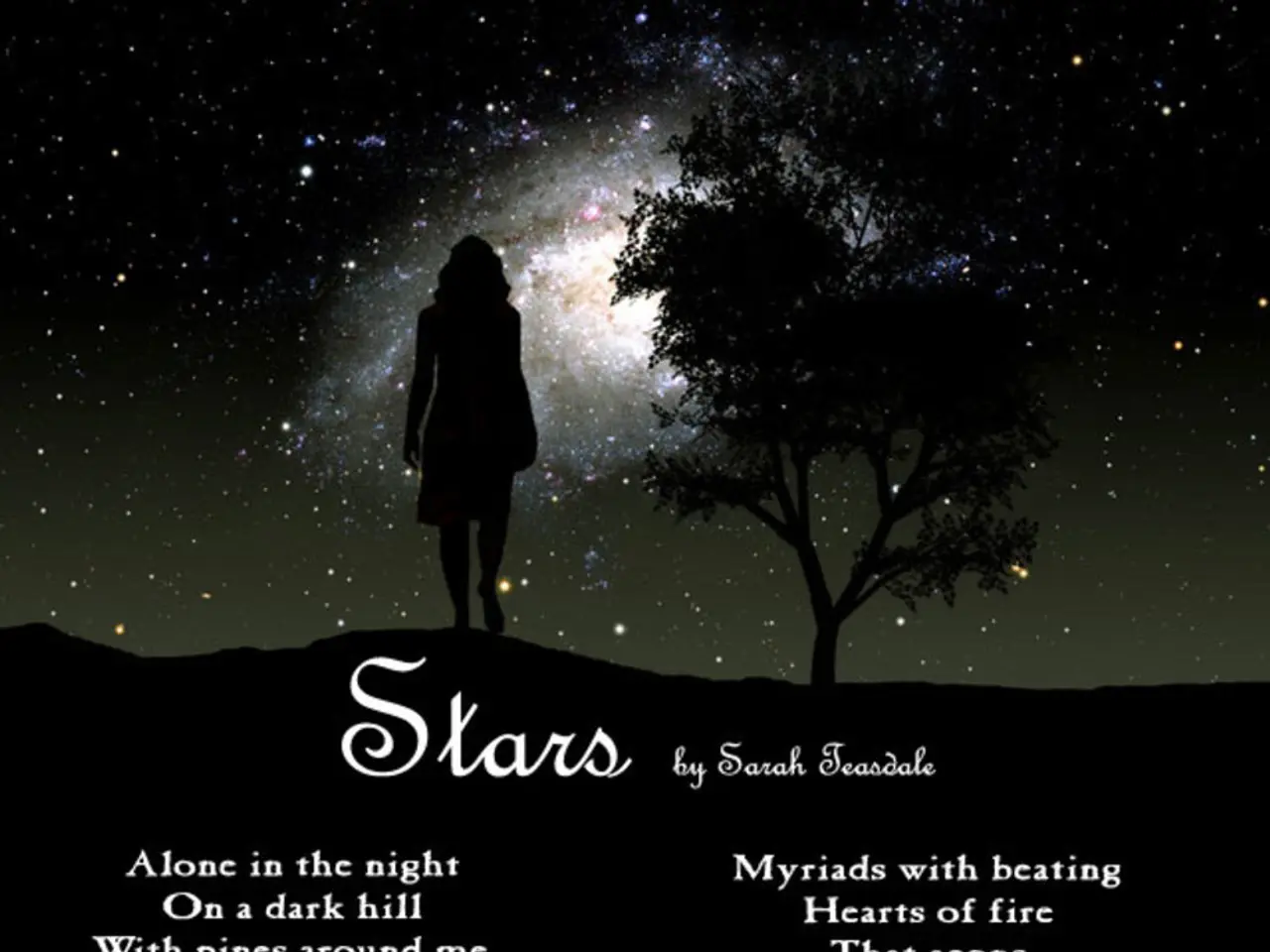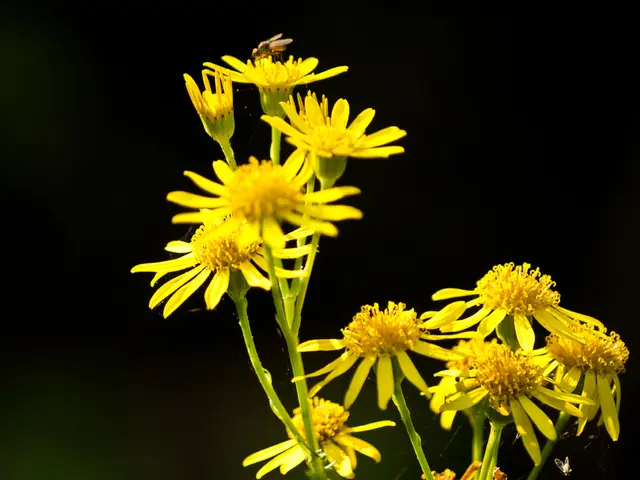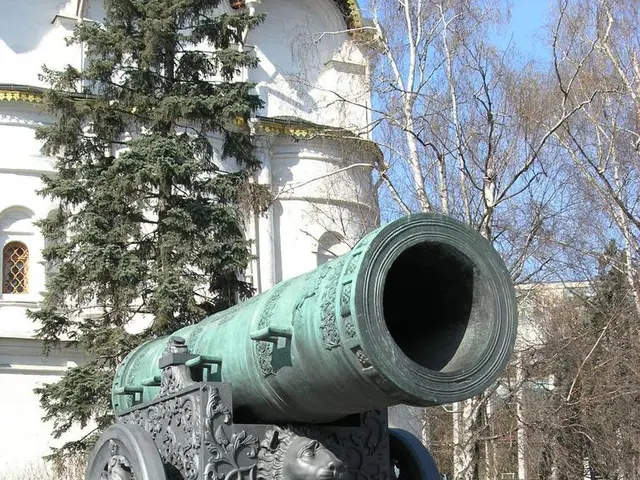Understanding the Mechanics of Poetic Craftsmanship
The Evolution of Poetry: A Journey Through Time
Poetry, a form of written and spoken art, has a rich and varied history that spans thousands of years. From its earliest beginnings as epic poetry to the modern free verse of today, poetry has mirrored and influenced broader cultural and historical transformations.
Epic Poetry: Heroes and Legends
The earliest known poetic form is epic poetry, a long narrative poem focusing on heroic deeds and cultural values. Works like Homer's Iliad (circa 700 BCE) are prime examples of this genre, employing fixed meters and elevated language to weave tales of heroism and mythology.
Lyric Poetry: Personal Reflections
Following epic poetry, the lyric poetry tradition emerged in ancient Greece around 650 BCE, with poets like Sappho introducing shorter, more personal poems that expressed individual emotions and experiences. This shift marked a move away from communal heroic narratives towards intimate reflection.
Medieval Period: Religious and Allegorical Poetry
During the medieval period, poetry often took religious and allegorical forms aligned with Christian doctrine and scholasticism. Much of the classical influence was mediated through theological interpretation, which constrained formal literary innovation but maintained narrative and symbolic clarity.
Renaissance and Metaphysical Poetry: Structured and Intellectual
The Renaissance and subsequent periods saw the revival of classical forms and the flourishing of fixed poetic structures like sonnets, odes, and metaphysical poetry. John Donne's works exemplify this era, combining emotional depth with elaborate conceits and strict forms.
Romantic Era: Emotion and Individualism
The Romantic era (late 18th to early 19th century) reacted against neoclassical rigidity by emphasizing emotion, individualism, nature, and freedom in poetic form and language. Poets like Wordsworth advocated for poetry that spoke in simple language rooted in real emotion and everyday life.
Modern and Contemporary Poetry: Free Verse and Experimentation
In the 20th century, poetry underwent radical diversification with the advent of modernist and postmodernist styles. This included experimentation with free verse—poetry without consistent meter or rhyme patterns—allowing poets to explore more fluid, fragmented, and subjective modes of expression.
The Development of Poetic Styles and Forms
In summary, the development of poetic styles and forms can be seen as a trajectory from:
- Epic poetry: long, formal, communal narratives (e.g., Iliad)
- Lyric poetry: brief, personal, emotional expression (e.g., Sappho)
- Medieval allegorical and religious poetry: symbolic, didactic, formal
- Renaissance and metaphysical poetry: structured, intellectual, elaborate
- Romantic poetry: emotional, nature-focused, simpler diction
- Modern and contemporary poetry: free verse, experimental, subjective.
This evolution mirrors broader cultural and historical transformations influencing how poets conceive of language, form, and the role of poetry itself.
From Greece to America
The ancient Greeks and Romans, between about 1200 BCE and AD 455, were known for their great epic poetry. By medieval times (about 455 to 1485), poets began to play with both the subject matter and language of their poems.
In the United States, new poetic styles emerged out of the transcendentalist movement, which focused on creativity, nature, and individuality. The Victorian period (1832-1901) saw a departure from rigid forms, with poets beginning to write in free verse.
Imagery and Vernacular
Imagery, including olfactory, gustatory, and tactile imagery, is often used in poetry to create a sensory experience for the reader. Some medieval poets, like Geoffrey Chaucer, even experimented with writing in the language of the common people, known as vernacular.
The 'Epic of Gilgamesh' and the Oral Tradition
The "Epic of Gilgamesh," one of the earliest poetic works, dates back to around 2000 BCE and was part of the oral tradition of the Sumerians. Researchers suggest that poetry and poetic styling were originally developed to help storytellers, who often acted as historians, memorize their stories more easily.
This brief overview of the evolution of poetry provides a glimpse into the rich tapestry of human creativity and cultural expression. From the heroic deeds of ancient epics to the personal, experimental poetry of today, poetry continues to reflect and shape our world.
- Sometimes, one may incorporate elements of various lifestyles into poetry, such as fashion-and-beauty, food-and-drink, and home-and-garden, as a means to create a more vivid sensory experience for the readers, much like medieval poets who experimented with writing in the vernacular.
- In many instances, relationships are a common theme in poetic works, particularly in the Romantic era when poets prioritized emotion and individualism, often reflecting their personal relationships and feelings of love or longing.
- Traveling can influence poetry since new experiences and sights provide inspiration for poets to express their emotions and thoughts, as demonstrated by the transition from ancient Greek epic poetry to the different poetic styles in America, driven by the transcendentalist movement and focus on individuality.
- One might also find references to pets in poetry, illustrating the bond between humans and animals, a recurring theme in contemporary poetry that admits experimentation with free verse and subjective modes of expression. Moreover, in the literary tradition, cars can symbolically represent progress, freedom, or even an escape from reality, as they did in the Romantic era's focus on nature and freedom. Lastly, shopping is another metaphor or element found in poetry, symbolizing the pursuit of happiness, material gains, or simply the mundane activities that make up everyday life.




